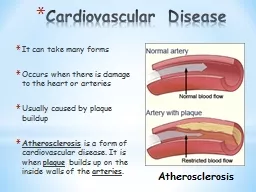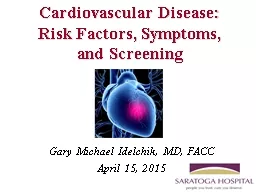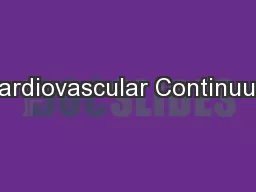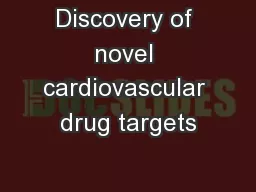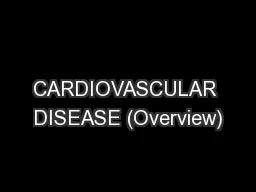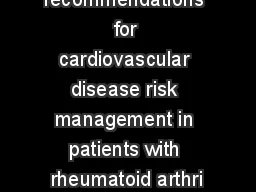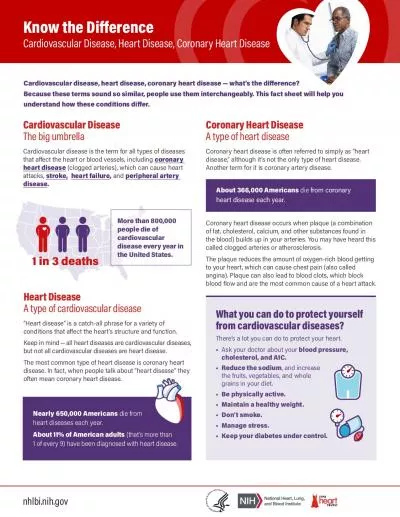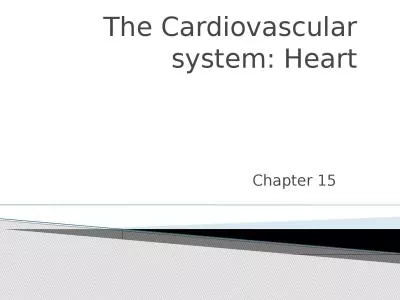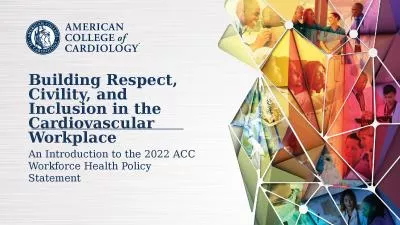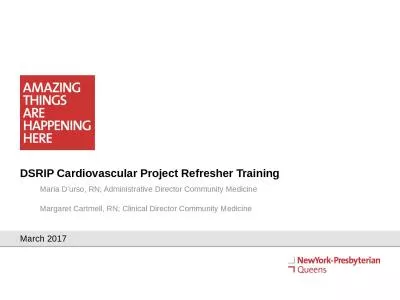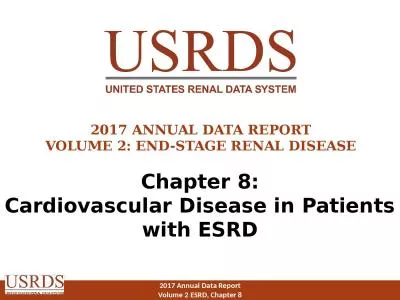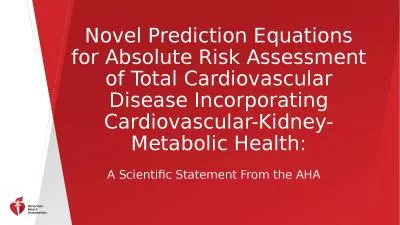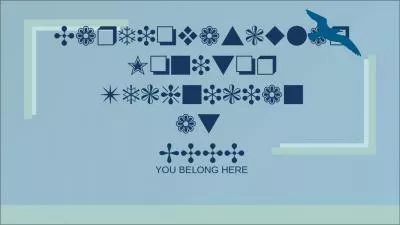PPT-Cardiovascular Disease
Author : olivia-moreira | Published Date : 2017-10-30
It can take many forms Occurs when there is damage to the heart or arteries Usually caused by plaque buildup Atherosclerosis is a form of cardiovascular disease
Presentation Embed Code
Download Presentation
Download Presentation The PPT/PDF document "Cardiovascular Disease" is the property of its rightful owner. Permission is granted to download and print the materials on this website for personal, non-commercial use only, and to display it on your personal computer provided you do not modify the materials and that you retain all copyright notices contained in the materials. By downloading content from our website, you accept the terms of this agreement.
Cardiovascular Disease: Transcript
Download Rules Of Document
"Cardiovascular Disease"The content belongs to its owner. You may download and print it for personal use, without modification, and keep all copyright notices. By downloading, you agree to these terms.
Related Documents

